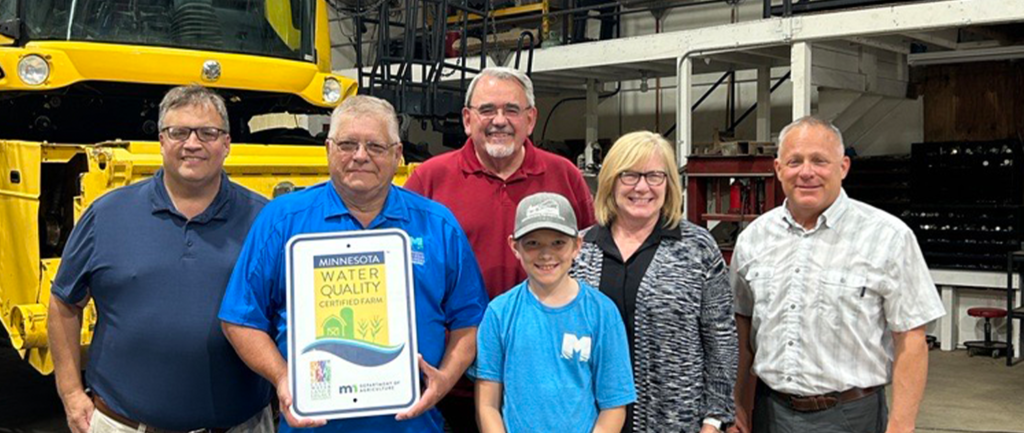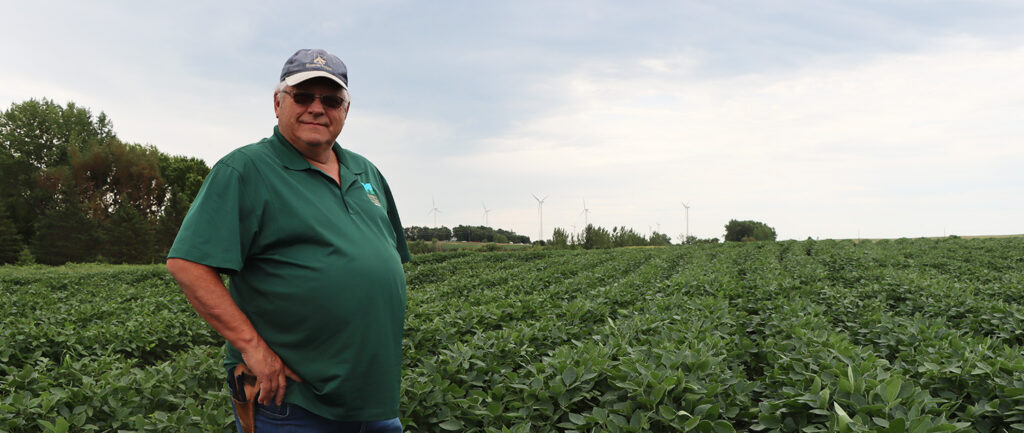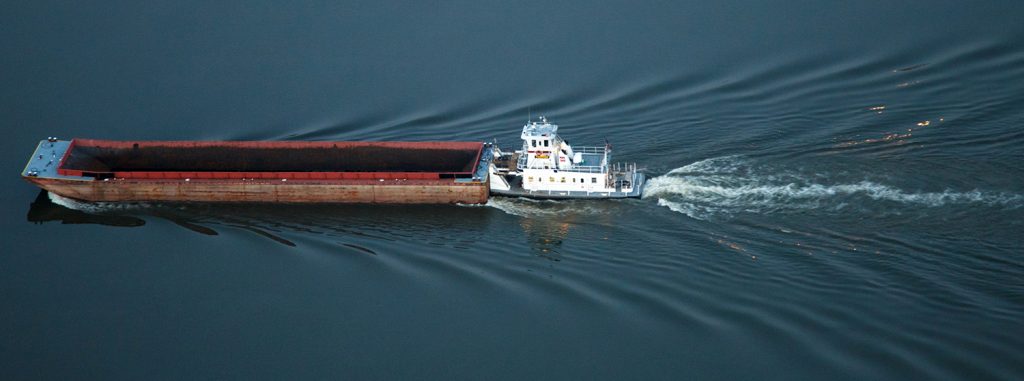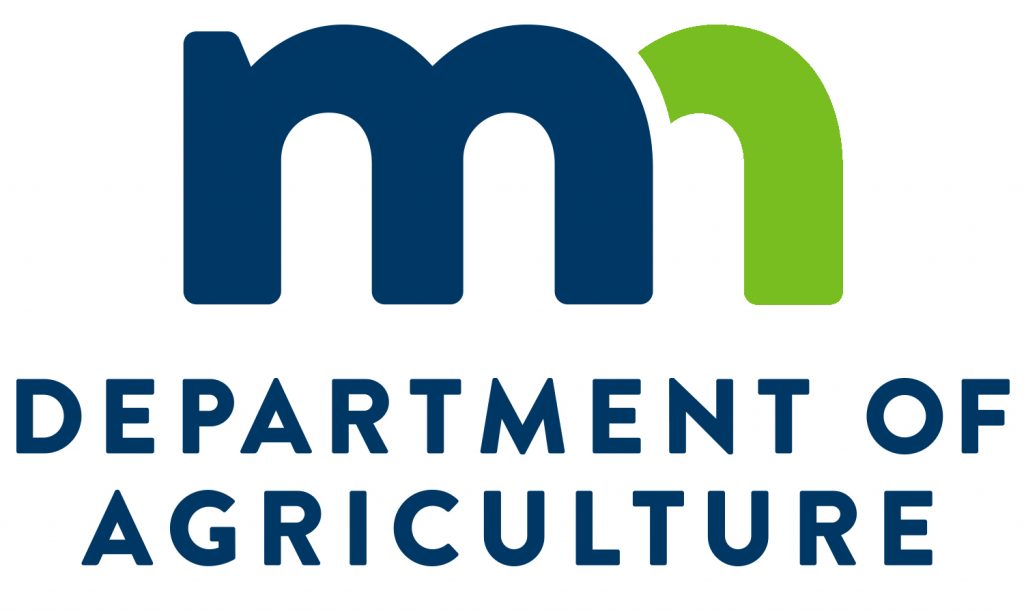The Minnesota Department of Resources (DNR) has announced revisions to public waters inventory (PWI) areas that were erroneously claimed as part of the public drainage systems.
Because they aren’t considered public waters nor public ditches, about 540 watercourses have since been removed from the county PWI and buffer protection maps. The DNR Commissioner has authority to rectify errors in the PWI maps.
“There are a lot of changes going on with the buffer map,” says Luke Skinner, DNR’s director of the division of ecological and water resources. “We’re trying to get it as correct as possible, and overall, I think it’s pretty accurate.”
Joe Smentek, Minnesota Soybean’s director of public affairs, deems the DNR’s reversal an encouraging development for soybean farmers.
“This is a good sign that the original intent of the legislation is being followed,” he says. “Landowners were promised during informational hearings around the state that if it looks like a ditch and acts like a ditch, it would be treated like a ditch.”
The watercourse segments equal about 640 miles spanning 71 counties in Minnesota, affecting about 1.2 percent of all public watercourses and public ditch miles.
Theresia Gillie, president of the Minnesota Soybean Growers Association (MSGA), says DNR’s notification underscored the need to postpone the buffer bill’s implementation.
“Changes this late in the game show that there is still work to be done with the buffer implementation,” she says. “The lack of funds to counties, the lack of communication regarding alternatives and the concerns with invasive species all show a need to delay this fall’s implementation so that we can make sure this is getting done correctly, not just quickly.”
The decision came after Skinner reports DNR received more than 4,000 comments after initial maps for the buffer law were released in summer 2016. The feedback resulted in about 2,500 changes to the buffer map.
“We heard from a lot of farmers saying their ditches were private and not public,” Skinner says. “We started digging in to that more, and over this winter, we pulled out the map and did an analysis and found these sites. We decided, instead of doing them one by one, we would just remove all these ones we thought were public ditches at the time.”
When the original PWI maps were drawn in the 1980s, pubic ditches were not on the preliminary list, but the watercourses were incorrectly put on the PWI map. None of these watercourses were regulated by DNR.
“The understanding at the time was that drainage authorities, rather than DNR, would have regulatory authority over public ditches,” Skinner says. “As a result of not being on the PWI list and appearing on the PWI maps as public ditches, landowners didn’t necessarily know that these waters were, in fact, being designated as public waters subject to DNR jurisdiction.”
“This is still a pretty small amount,” Skinner says. “It’s not a lot per county, just a few miles here and there.”
DNR has since notified all affected Soil & Water Conservation Districts, and remains open to tweaks to the watercourse map.
Skinner cautions the watercourses could be still be subject to buffer requirements in the future through the “other waters” provisions of the buffer law, or from additions to public ditch systems via DNR redeterminations.
“We might still have some cleanup to do,” he says. “We’ve gotten some incorrect information both ways, and we’ll be working to update the buffer maps and PWI over time. But we wanted to get these segments out to folks so they could see where they’re at.”
Skinner and MSGA recommend farmers direct further questions or concerns to their local SWCD representative or DNR hydrologist. A full outline of the affected 71 counties will soon be available on DNR’s website.





